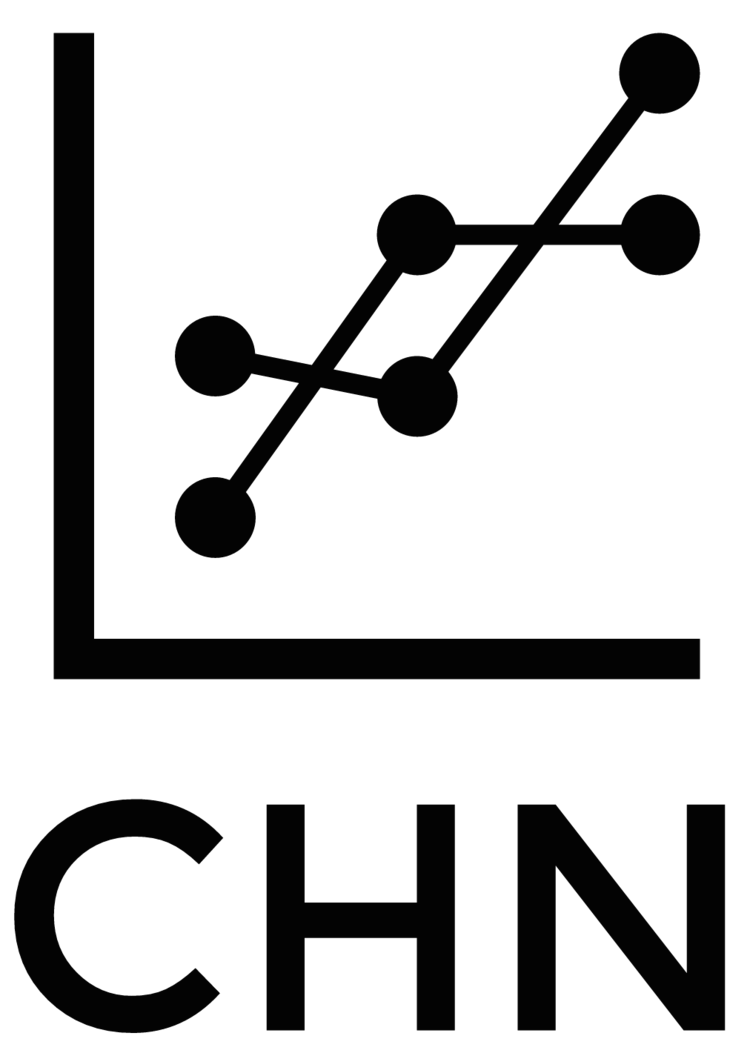A new article in Quaternary Science Reviews offers new insights into late Pleistocene weather patterns in arid subtropical South America. Analyzing beryllium isotopes taken from moraine boulders from Argentina’s Nevado de Chañi, Mateo A. Martini, et al. argue that the South American Summer Monsoon was a significant influence on the area’s weather during the Last Glacial Maximum, as it is today. The weather systems from the continent’s Atlantic side provided much of the area’s precipitation and are represented in the chronology glacial advances, which allows the authors to tie their analysis into a larger picture of global weather patterns in the late Pleistocene.
Find the full text here.

